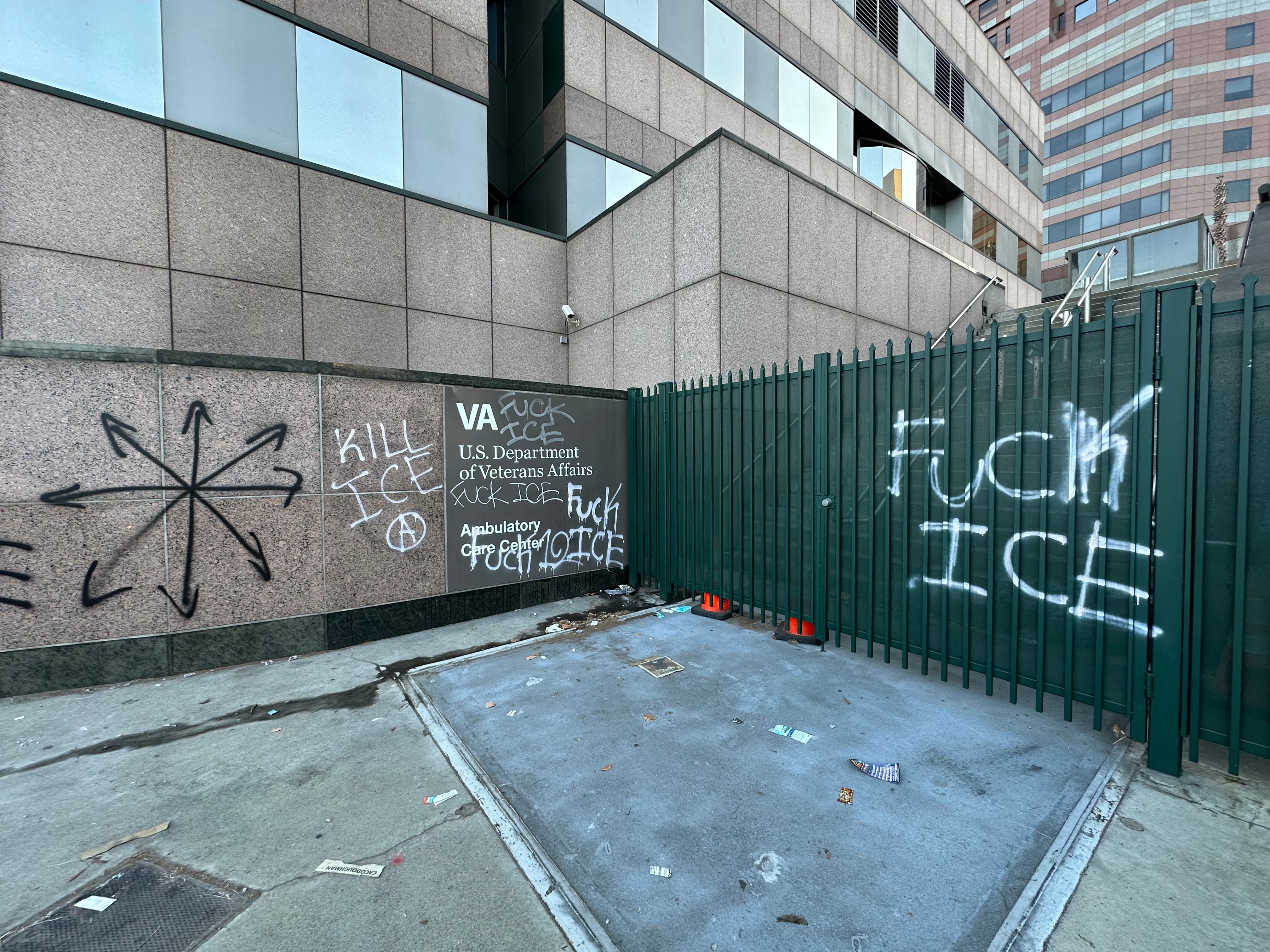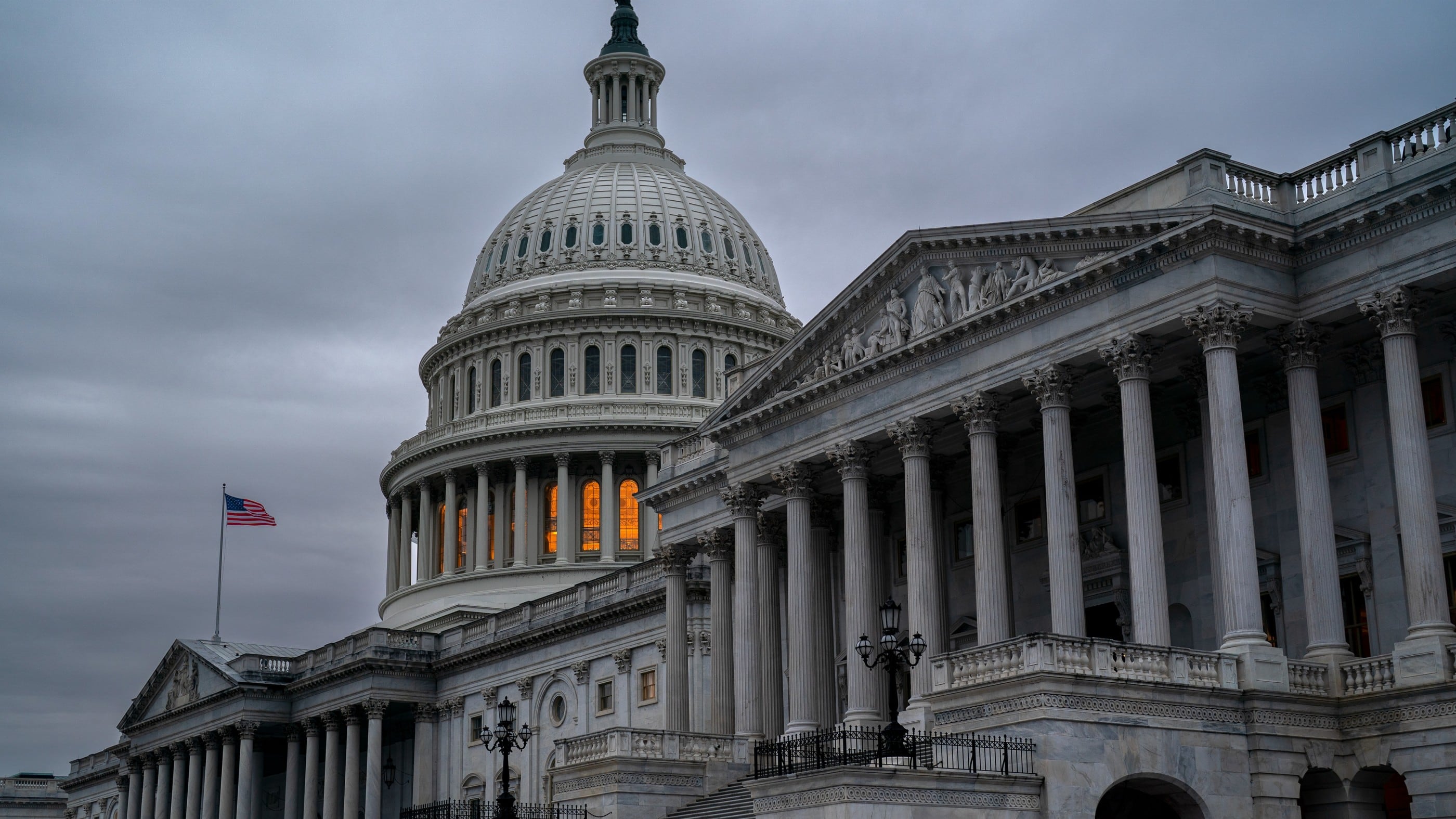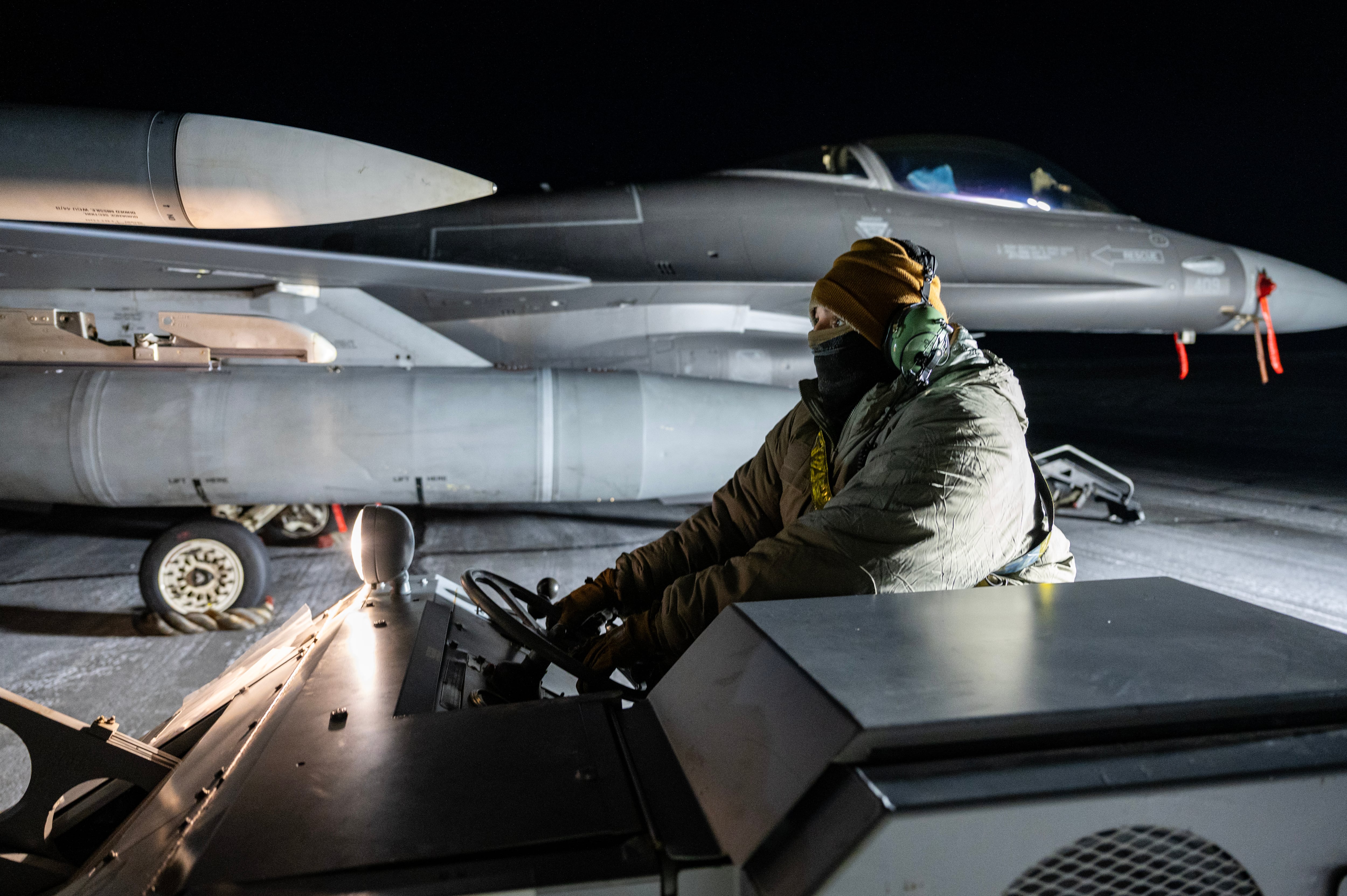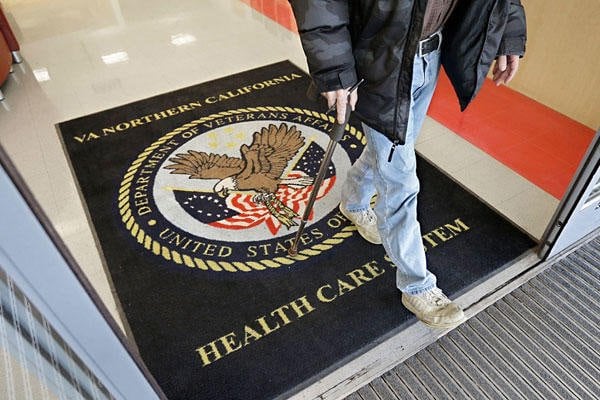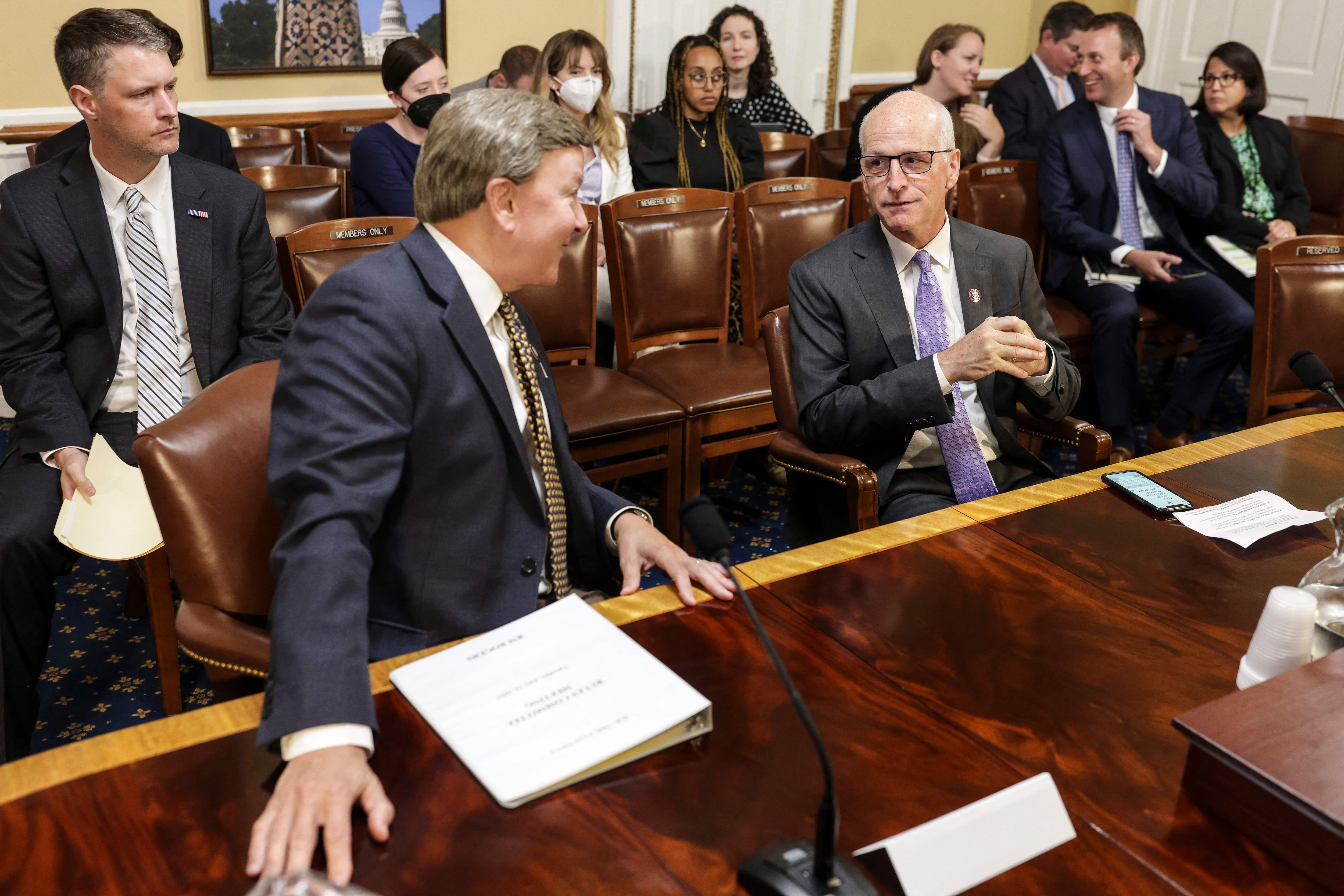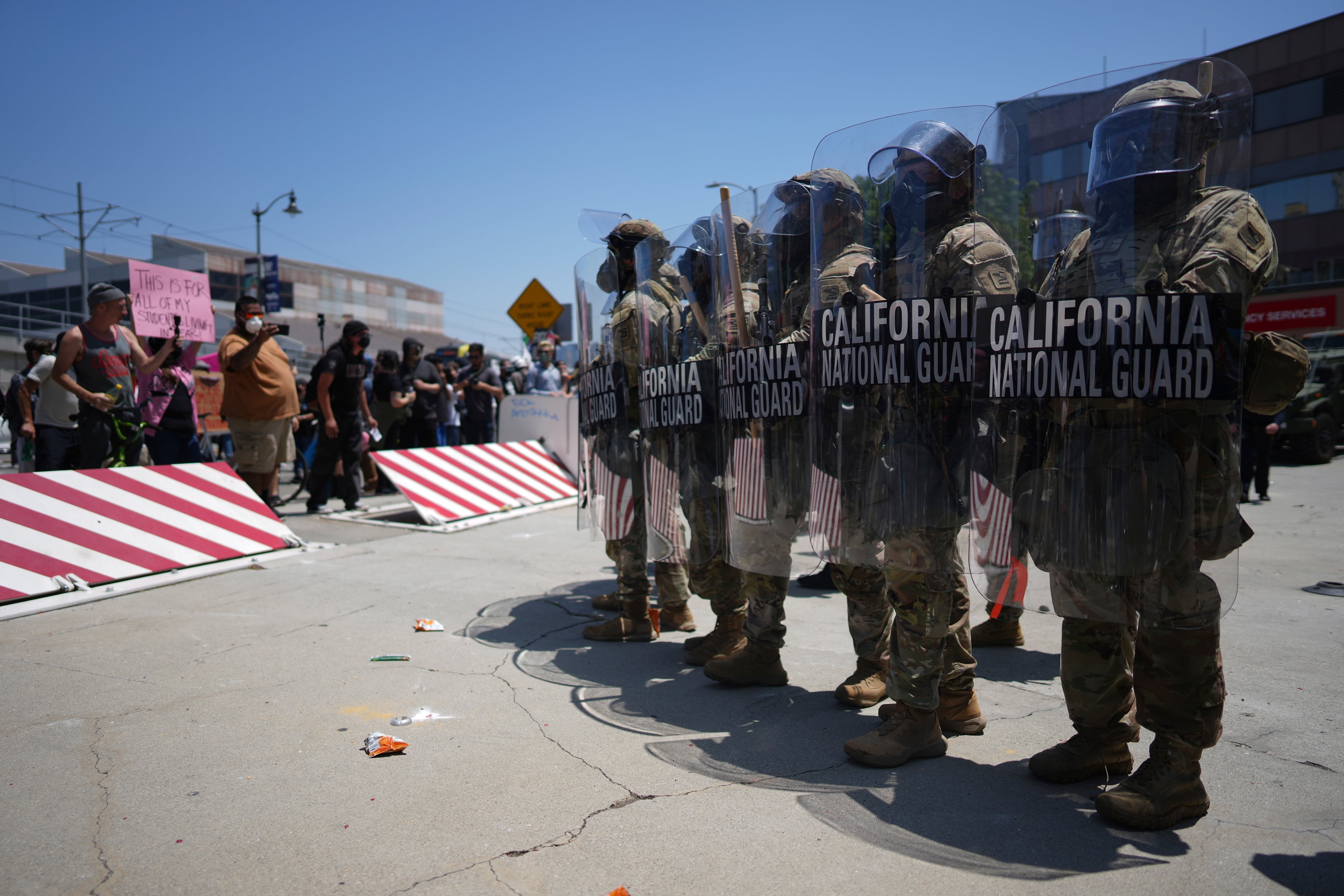Bases stateside will be seeing tighter security for non-Defense Department visitors this year as more resources become available for bases to conduct background checks.
Each of the services is expanding its automated visitor vetting system, said Army spokesman Matthew Bourke. The push is to have more installations tapped into the forcewide screening system known as the Identity Matching Engine for Security and Analysis, or IMESA.
The IMESA system launched in mid-August, and enables the sharing of installation information across all the military services. If an individual — either military or civilian — is flagged at his previous installation of employment but tries to gain entry at another base, the base sees the warning signs.
Under various directives, bases in the last few years have been tightening their security measures; mainly, under the 2009 Directive-Type Memorandum 09-012, "Interim Policy Guidance for DoD Physical Access Control," each installation is responsible for implementing minimum standards for visitorshighlighted within the directive, which includes but isn't limited to: identity proofing, vehicle inspections, car registration and basic credentials inspections, Bourke said.
However, implementing the directive's use of the FBI's National Crime Information Center Interstate Identification Index is making its way / filtering through to the base level now because "some installations just didn't have the capabilities" to facilitate an automated system, Bourke said.
Bourke said budget constraints could have been a factor at various bases, "whether it be they didn't have the facilities for access control points, or the facilities weren't equipped to support that type of automation, or there were personnel issues, we are finally getting to a point where we are finally resourced."
For the Army, the plan is to implement its automated installation entry system, or AIE, at 25 installations by Octoberthe end of fiscal 2015.
"The plan is to use AIE to tap into IMESA capabilities," Bourke said. "What you're seeing now is a lot of installations are making that local level announcement."
Bourke said within the last five months, Fort Campbell, Kentucky; Fort Leavenworth, Kansas; Fort Belvoir,Virginia; and Fort Jackson, South Carolina, have announced and have been working to carry out their additional visitor vetting processes.
While IMESA runs checks against the NCIC III and the Terrorist Screening Database systems, the services will plug their background information via NCIC III, for example, into automated vetting like the Army's AIE. According to Office of the Secretary of Defense spokesman Lt. Col. Tom Crosson, the Air Force and Defense Logistics Agency are using the Defense Biometric Information Data System to connect to IMESA; the Navy is using the Navy Physical Access Control System; and the Marine Corps is using the American Magnetic Entry Control System.
So far, the Air Force and DLA together have over 100 installations connected to IMESA, Crosson said.
While the services are moving for more controlled security checks stateside, the Navy also plans to extend its NCIC III check to all Navy installations outside the continental United States by fiscal 2016, according to the Commander Navy Installations Command's office.
"This truly is an improvement to how we are screening our visitor population," said Lt. Col. Lieutenant Colonel Jason Marquiss, 759th Military Police Battalion and Fort Carson, Colorado's director of emergency services, and 759th Military Police Battalion Lieutenant Colonel Jason Marquisscommenting on the base's announcement to have its vetting process fully functioning by May. "Really it's the entire population that is a non-Department of Defense ID card holder" who will at some point go under Carson's new NCIC III background check before getting an access pass, he said.
Moving the policy through the bases
There are different ways that installations can handle base security and force protection, with additional requirements coming from the base commander if necessary, Bourke said.
For example, one base might have a visitor submit to a background check each time he requests entry, but other bases might not. But it's that "on the spot" check bases want to improve on.
"What this adds is a checks and balance — it's an additional layer to what we're doing for security access and control," Marquiss said of Carson using the NCIC III.
While military and various non-DoD personnel — some contractors — are issued a Common Access Card, the population that won't be permitted to receive the CAC will have the NCIC III check, Marquiss said.
Visitors who fall in this category are those who need base access without accessing enterprise computer network systems.
Marquiss said the base is also determining the length of time to grant access to those under NCIC III checks, which will be determined by the purpose of an individual's stay.
Some dependents of active-duty personnel may also have to go through an NCIC III check if they are a recurring visitor, Marquiss said.
For Fort Carson, visitors need to be sponsored by someone who is an ID card holder to request an NCIC III; individuals then bring the paperwork — which can be downloaded and filled out on the base's website, Marquiss said — with a state or federal photo ID to the visitor control center.
What will automatically flag your form? Anyone with a current arrest warrant in the NCIC system; barred from entry to any other federal facilities; and individuals who may have been convicted of sexual assault, armed robbery, rape, child molestation, production or possession of child pornography, human trafficking, or drug possession with the intent to sell of distribute.
If someone is denied access, there is a process to appeal through the base's senior leadership to get on base, Marquiss said.
"A standard check could take as few as three minutes, up to 10 minutes," Marquiss said.
"We will see a surge in capability, but over time, once we get [in the habit of] this, there will be very limited impact" for base visitors, he said.

